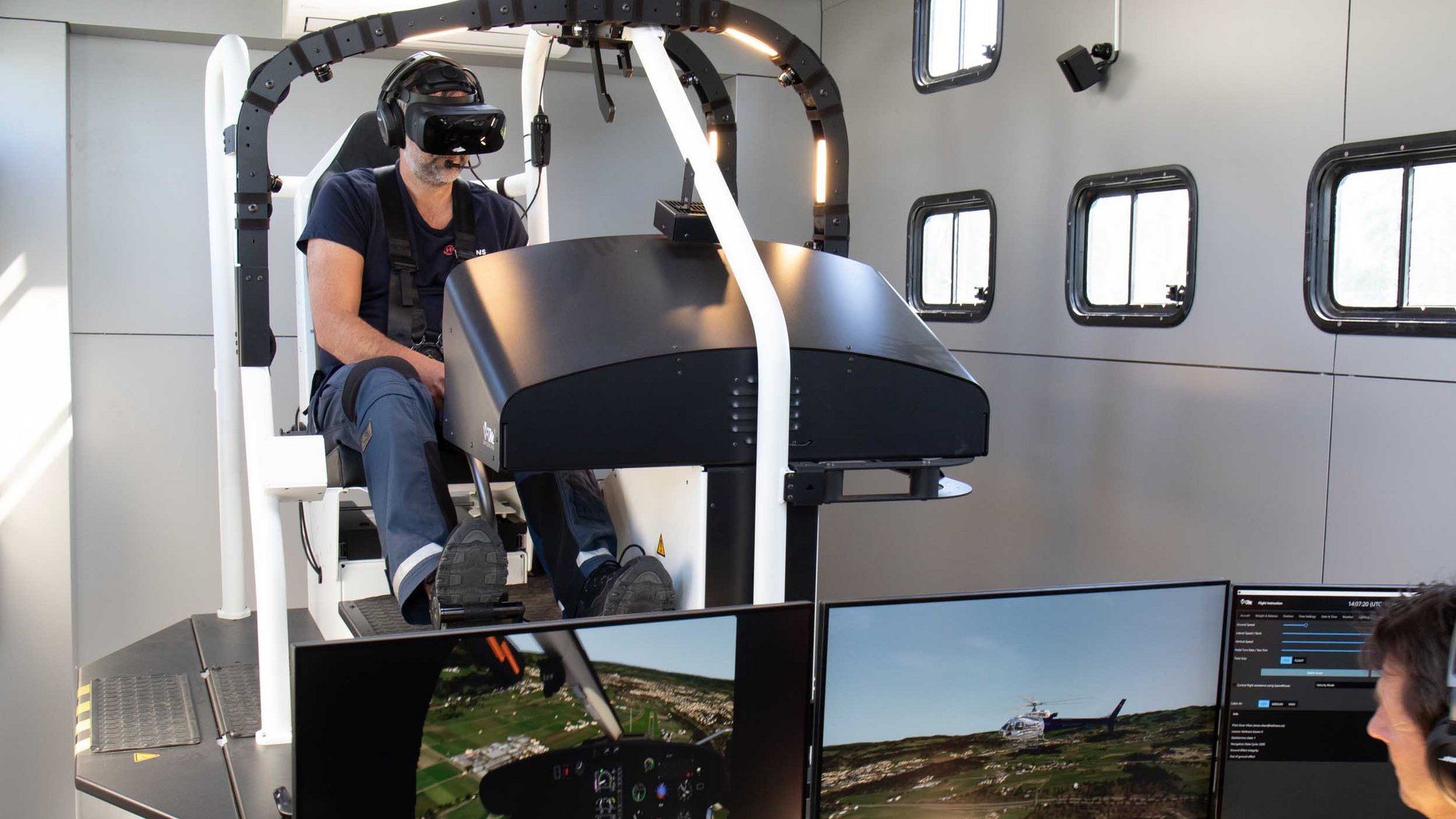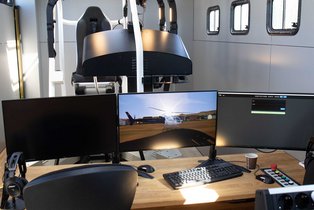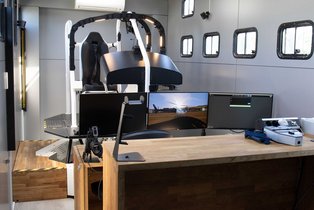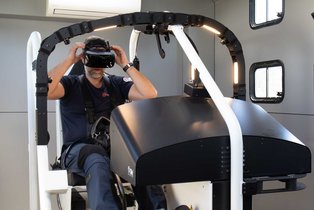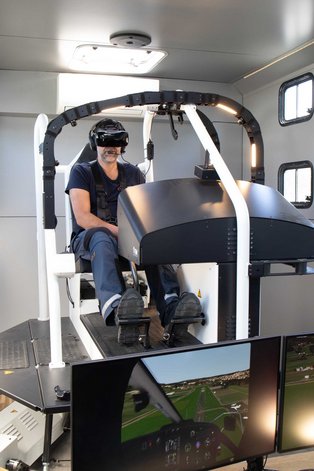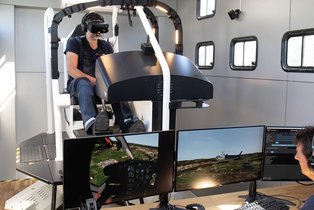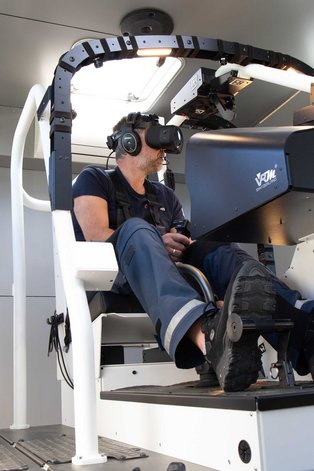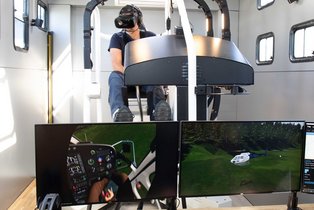Norway's largest domestic helicopter operator, Helitrans, uses the world's first-of-its-kind Airbus H125 VR Simulator for Helicopter Training
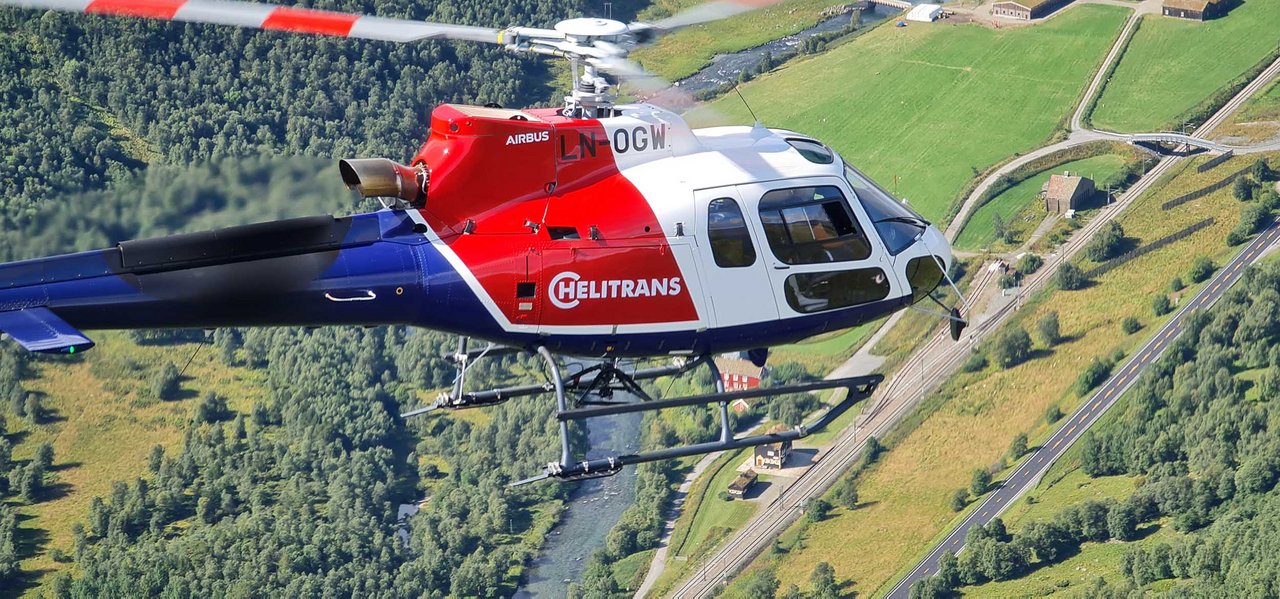
Helicopter company Helitrans has, following European and Norwegian approval, started using the very first-of-its-kind Airbus VR simulator. After a long and extensive process, the Norwegian Civil Aviation Authority (Luftfartstilsynet) has given Helitrans the thumbs up for pilots to complete training and certificate renewal in an Airbus VR simulator. Norway is the very first country in the world to formally approve the use of this type of VR simulator.

Ole Christian Melhus
CEO of Helitrans
Helitrans has long worked with the manufacturer, Loft Dynamics (formerly VRM Switzerland), to develop this VR simulator in accordance with our requirements and needs, as well as to have it approved by EASA, the European Aviation Authority, and the Civil Aviation Authority. It has been a long process, and we are incredibly happy that this has worked out. The domestic helicopter services market uses Airbus H125 helicopters almost exclusively. With their high lifting capacity, flexibility and ease of navigation, the H125 has become the workhorse of the industry. The VR simulator is therefore specifically designed for this type of aircraft.
“The entire Helitrans team, Norway's largest domestic helicopter operator, is proud to be the first company in the world to operate an approved VR based FTD Level 3 Airbus H125 simulator. The approval from EASA and Luftfartstilsynet (Norwegian Civil Aviation Authority, the Norwegian inspectorate responsible for civil aviation in Norway) warrants our decision to invest in this new technology, which will be crucial to increasing the level of safety and, not least, bring the helicopter industry's training level in closer alignment to heavy aviation through the use of a simulator.” says CEO of Helitrans, Ole Christian Melhus.
Melhus’s background is in heavy aviation, and he has first-hand knowledge of the effects of safety-focused and structured simulator training. He has therefore been a driving force in the use of simulator training, and is satisfied that the domestic helicopter segment has a lot to gain from using this technology.
“I am extremely excited to be part of a paradigm shift and the innovative, and sophisticated, training concept launched by Loft Dynamics, using high-resolution 3D graphics combined with realistic motion simulation. This makes it possible for us and other helicopter operators to build a rigorous training and safety culture, and, not least, reduce incident and accident rates in the industry.” Melhus adds.
As of 2022, the requirements for training and certificate renewal among pilots in domestic helicopters have changed, where annual training and a certification test on a simulator are now required. Lars Kobberstad, director of aviation and head of the Norwegian Civil Aviation Authority, has followed the development and qualification process of the new VR-based simulator, and is fully in favour of the transition to using the new simulator for domestic helicopters.
Lars Kobberstad
Norwegian Civil Aviation Authority Director
Approval in Norway has also been well received by the manufacturer, in Switzerland. "For Loft Dynamics, it is unique to be part of facilitating flight schools and helicopter operators to be able to train and perform qualifications on a VR-based helicopter simulator. Our technology offers the pilot the realistic sensations of being in a real helicopter. Procedures and emergency procedures can be trained realistically and without risk, even for situations that can not be trained in a real helicopter" says Fabi Riesen, CEO of Loft Dynamics.
Generate complex VR graphics
Helitrans' pilots work with advanced assignments such as assembly of masts, pylons and power lines in the energy supply industry, sling load assignments, which require a high degree of accuracy and precision. Such customers place the highest demands on training and qualification before pilots can work for them. Many of the work tasks are difficult to train in a helicopter and therefore require simulator training.
“In the past, we have rented conventional helicopter simulators abroad at high hourly rates. In addition to the costs, these simulators are very limited in relation to our needs.” says Melhus. Traditional aircraft and helicopter simulators mimic the cockpit of the specific machine they simulate and use large screens that replace the windows and show the surroundings. The new VR simulator is built from a completely different approach. Screens have been replaced with VR glasses connected to a powerful computer that produces advanced 3d graphics, not only of simulated surroundings, but also of the interior and the cockpit dashboard, with all the instruments. Update of the VR glasses is synchronised with the pilot's head movements so that everything feels natural. Even the pilot's hands that control the instruments are visualised in the VR glasses, so that the experience will be as accurate and realistic as possible. The unit in which the pilot sits is mounted on an electrically controlled, mechanical platform that moves in accordance with the virtual helicopter and gives the pilot an extremely realistic sense of the movements the helicopter makes.
“What this modern technology has achieved on that front is just absolutely fantastic.” says Melhus. “The realism of the new simulator surpasses traditional simulators by a long way, and we have had great interest in the technology from the Norwegian authorities also, who have had many representatives visit to test the simulator and experience how it works.” In addition to the realism of these new simulators, this is more than just a flight simulator where you fly from A to B and practice emergency procedures.
Loft Dynamics has put an enormous amount of work into creating realistic training programs that are adapted to various types of missions, such as cargo flying using cargo hangers, installation of masts, firefighting, and a range of complex manoeuvres. Until today, there have been no simulators that can offer this form of training or realism.” Melhus says.
The world's first mobile approved Airbus simulator
Helitrans has already been using the VR simulator internally for its own pilots, but will now also rent it out to other operators. “At Helitrans, we are concerned with flight safety, not only for our own pilots and machines, but for the entire industry. This simulator moves flight safety, in the domestic segment, quantum leaps forward, and it is important for us that the entire industry can benefit from this.” says Melhus. Helitrans has invested in two Airbus H125 simulators, one located at CAE's training and simulator centre at Gardemoen, by Oslo’s main airport, together with other flight simulators based there, while another has been installed at a mobile facility that can be moved as needed. This provides great flexibility for both the company's own and for others' needs.

Ole Christian Melhus
About Loft Dynamics
Loft Dynamics in Dübendorf, Switzerland, is the leading manufacturer of VR helicopter simulators in the world. The company consists of an innovative team of over 40 passionate engineers, highly specialised developers and dedicated aviation experts. The simulator's mechanics, all electronic circuits, as well as the software, are designed and developed internally by the company. Another strength is the company’s proximity to various flight schools and operators.
About Helitrans AS
The Norwegian helicopter company Helitrans AS is a nationwide service provider with a fleet of 24 helicopters and 115 employees, headquartered at Trondheim Airport, Værnes. In addition, the company has bases in Kristiansand, Ljosland, Stavanger, Sauda, Voss, Oslo, Værnes, Mosjøen, Narvik, Tromsø, Alta and Tana. The company also operates in Svalbard and Iceland. Helitrans has the main contract for forest fire extinguishing in Norway with the Directorate for Safety and Emergency Planning, and holds Statnett's highest certifications for power line construction. https://helitrans.no


